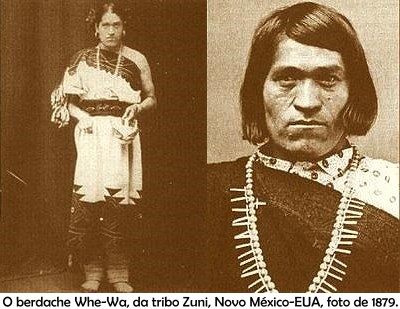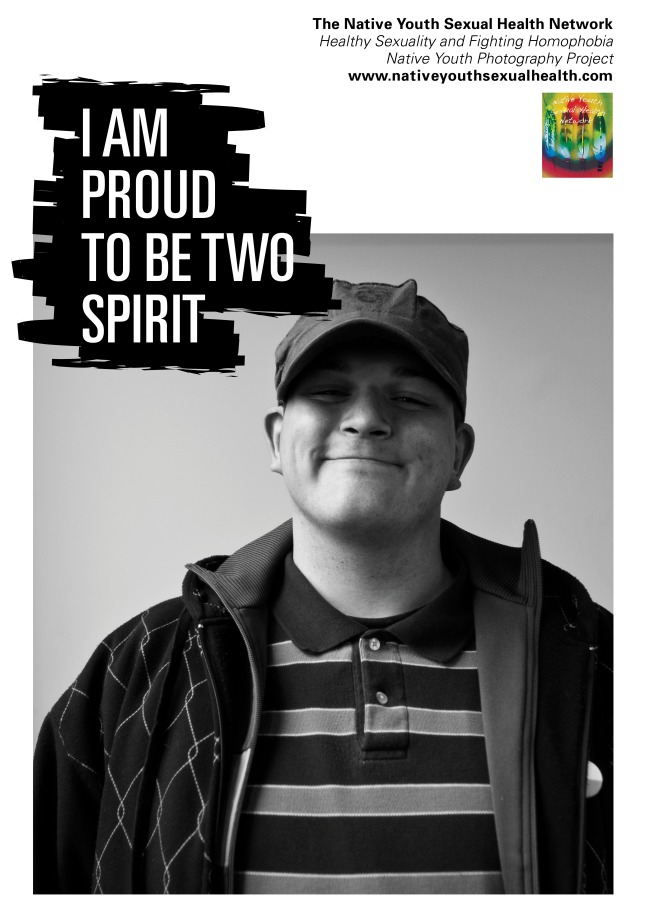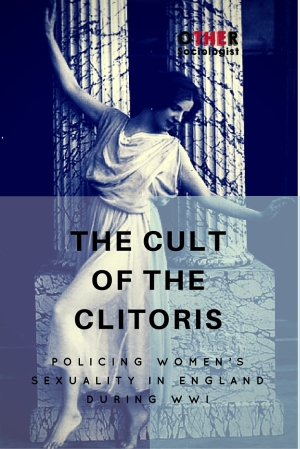By Zuleyka Zevallos, PhD
Sociology and anthropology have long used the experiences of “third sex” cultures, such as the Native American Two Spirit people, to teach students about the social construction of sex and gender. In many cultures around the world, people are allowed to live their lives beyond conventional binaries; they need not adhere to the biological sex they were born into. These people are usually revered and there are special circumstances where individuals are allowed to shift their gender position. These groups, including the Two Spirit people, are used as examples in the sociology of Lesbian, Gay, Bisexual, Transgender, Queer and Intersexual (LGBTQI) issues. Recent scholarship, however, has questioned this practice, demonstrating that social scientists are applying Western concepts to misappropriate the Two Spirit phenomena.
My post gives a broad overview of the social science concepts of gender and sexuality. I then discuss the spirituality, gender and sexuality of Two Spirit people as well as the history and culture that informs their social position. Let me put my analysis in context: I am not Native American nor am I a transgender person. I identify as a *cis-woman of colour (*that is, my biological and gender identity align). As a sociologist who has researched, published on and taught gender and sexuality courses, I seek to explore how Western social scientists, queer theorists and other social activists have misappropriated the Two Spirit experience to highlight social causes.
I propose that social science needs to move forward from our dominant understandings of the Two Spirit experience. My aim is to start a conversation about how we might expand sociological understandings of gender and sexuality using this case study. How do we best communicate the social construction of gender and sexuality to students and to the public? I argue academics and activists need to be mindful that, even with the best of intentions, misappropriation of cultural traditions of minority groups is dangerous. This perpetuates historical practices that have silenced Indigenous experiences. There are better ways to appreciate and form solidarity with Other cultures. This begins by listening to the way minorities speak about their own experiences, rather than projecting our seemingly-progressive perspective onto Others.
I begin by giving a background on what inspired this post as an example of public sociology. Public sociology describes how we produce sociology for mass audiences outside academia. My focus here is on how we use sociology in the classroom and in social media. It is vital to the longevity of our discipline that sociologists explain our key concepts to general audiences. At the same time, I see it important that we publicly own up to, and invite a public discussion about, the changing dynamics of power which influence social theories. We also need to take responsibility for the way we teach and publicly discuss social science ideas. This means being more critical about the ways in which social science ideas are produced and disseminated, especially via social media.




 This story is engrossing: Maud Allan was a Canada-born dancer who found fame in Germany in the early 1900s. She performed in the Oscar Wilde play, Vision of Salome, famous for “the dance of the seven veils.” When Allan was in her 20s, her brother was executed for killing two girls. She changed her name to escape this notoriety but later found herself the subject of infamy, drawn into a litigation case defending her name against charges of “sexual perversion.” Allan’s artistic sensuality and the fact that she was a lesbian were weaved into a conspiracy plot involving the highest office of British parliament. The Daily Mail
This story is engrossing: Maud Allan was a Canada-born dancer who found fame in Germany in the early 1900s. She performed in the Oscar Wilde play, Vision of Salome, famous for “the dance of the seven veils.” When Allan was in her 20s, her brother was executed for killing two girls. She changed her name to escape this notoriety but later found herself the subject of infamy, drawn into a litigation case defending her name against charges of “sexual perversion.” Allan’s artistic sensuality and the fact that she was a lesbian were weaved into a conspiracy plot involving the highest office of British parliament. The Daily Mail